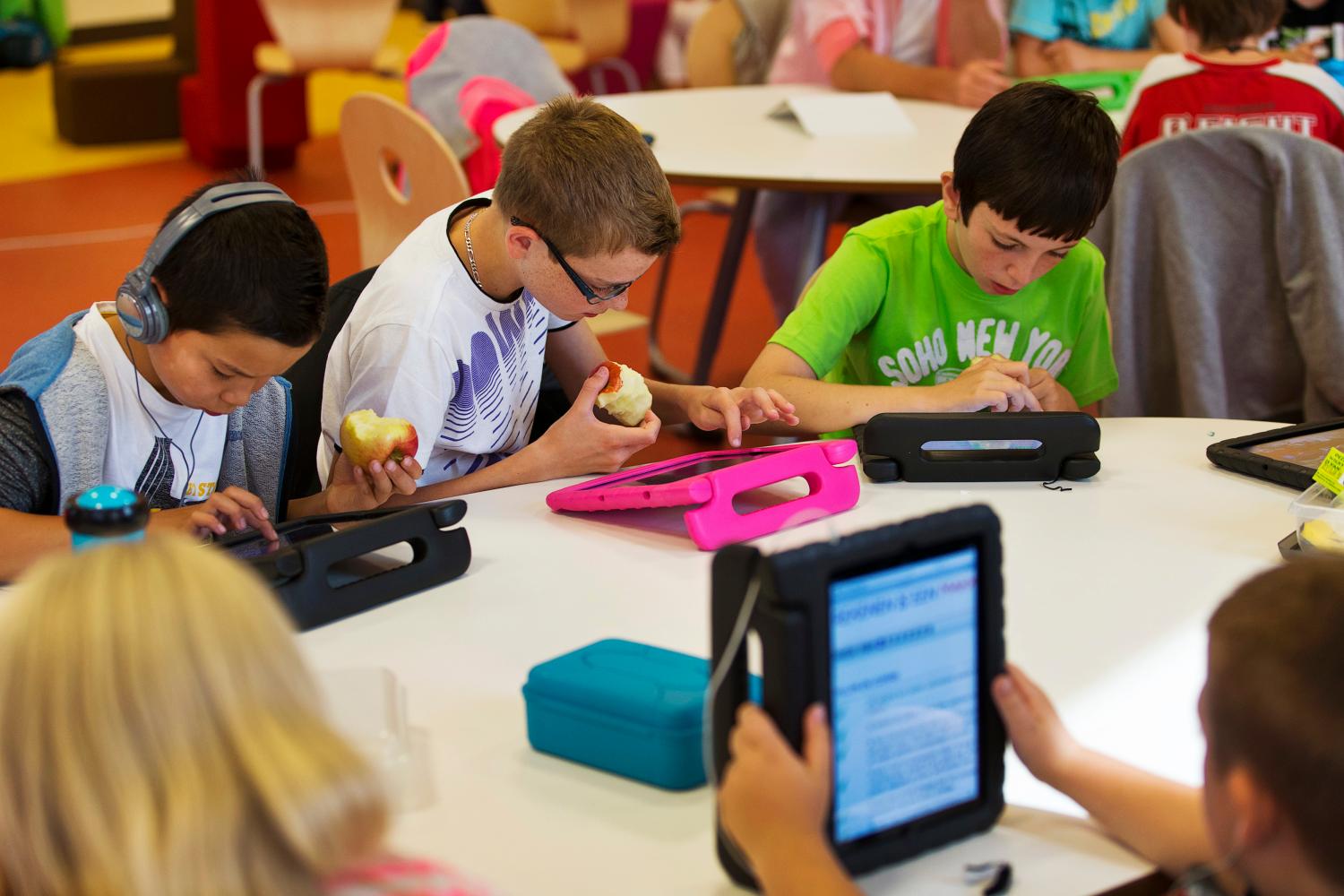Today’s focus revolves around “Turn and Talk,” an interactive instructional approach widely used in classrooms. Whether you’re new to this method or seeking ways to enhance its effectiveness, this post aims to guide you through its implementation.
Let’s start with a clear definition of “Turn and Talk,” elucidating its purpose and operational dynamics within a classroom environment. Following that, we’ll delve into practical strategies for seamlessly integrating “Turn and Talk” into your teaching regimen, ensuring optimal utilization of its advantages. Furthermore, I’ll furnish examples of “Turn and Talk” activities to spark your creativity and facilitate a smooth commencement. Lastly, we’ll explore insights gleaned from research, affirming the proven benefits of this strategy for student learning and engagement.
What is Turn and Talk?
“Turn and Talk” stands as an instructional technique wherein students pair up to discuss specific topics, questions, or concepts for a predetermined duration (Stewart & Swanson, 2019). This method harnesses structured peer interactions to amplify comprehension, retention, and engagement with the subject matter. Through verbal articulation and reciprocal engagement, students fortify their grasp of learning concepts, augment vocabulary acquisition, and cultivate vital social and communication proficiencies.
Practical Tips for Integrating ‘Turn and Talk’ in the Classroom
Here are some pragmatic pointers to seamlessly integrate “Turn and Talk” into your classroom activities, drawing insights from Stewart and Swansson (2019). These strategies are tailored to enhance student engagement and foster favorable learning outcomes through structured peer discourse:
Monitor and Support: Roam around the classroom to oversee discussions, ensuring students adhere to the task at hand and promptly addressing any misconceptions. Debrief and Share: Following discussions, convene the class for a collective debriefing session. Encourage pairs to share their insights to reinforce key concepts and broaden perspectives. Utilize Sentence Starters: Offer sentence prompts such as “One significant aspect is…” to facilitate students in articulating their thoughts and fostering deeper engagement. Establish Clear Expectations: Clearly elucidate the activity’s expectations and procedures, emphasizing active listening and respectful interaction to foster a conducive learning milieu. Diversify the Prompts: Employ diverse prompts to sustain engagement and cater to various learning styles, thereby sustaining student motivation and interest. Incorporate Visual Aids: Employ visual aids to provide context and aid visual learners in fully engaging with the discussion topic. Enforce Time Limits: Impose definite time limits for each phase of the activity to maintain focus and align discussions with your lesson plan.
Examples of “Turn and Talk” Activities
For inspiration, here are some illustrative instances of “Turn and Talk” activities conducive to promoting engagement and deepening understanding through peer dialogues. These activities seamlessly integrate into diverse subjects and foster collaborative learning:
Literary Analysis
Post reading a chapter from a book, prompt students to confer with a partner and dissect the main character’s motivations and actions. Encourage questions like, “What drove the protagonist to make that choice? How might it influence the narrative?” Partner 1 shares insights while Partner 2 listens attentively, followed by a role reversal.
Mathematical Problem-Solving
Present a challenging math problem and instruct students to pair up and discuss their problem-solving strategies. Pose questions like, “What steps would you propose to tackle this problem? Why do you believe this approach is effective?” Partner 1 elucidates their strategy while Partner 2 listens intently, then roles are swapped.
Scientific Inquiry
Post a lesson on ecosystems, task students with partnering up to elucidate how energy traverses through a food web. Pose questions such as, “Can you delineate the trajectory of energy from the sun through our studied food web?” Partner 1 explicates the concept while Partner 2 queries for clarification, then they switch roles.
Historical Discourse
Engage students in deliberating the causes and repercussions of a pivotal historical event, such as the signing of the Declaration of Independence. Initiate discussions with queries like, “What were the primary catalysts driving the colonies towards independence? What immediate aftermath ensued post the declaration?” Partner 1 articulates their viewpoints while Partner 2 listens attentively, followed by an exchange of perspectives.
Personal Reflections
Encourage students to tether lesson topics with personal experiences. For instance, post a lesson on teamwork, prompt students with, “Can you recount a time when you collaborated within a team? What role did you undertake, and what ensued?” Partner 1 shares their narrative while Partner 2 actively listens, followed by a reciprocal exchange.
Importance of Turn and Talk
Insights from Educational Research Extensive educational literature underscores the pivotal role of “Turn and Talk” in fostering enhanced learning outcomes. Jones et al. (2000) posit that amalgamating mnemonic strategies with collaborative learning endeavors like “Turn and Talk” significantly enriches vocabulary acquisition among students. By engaging in collaborative discussions and reinforcing learning concepts, students not only assimilate content more effectively but also retain it over extended periods, underscoring the profound impact of collaborative learning on educational achievements.
Further underscoring the efficacy of “Turn and Talk,” Vaughn and Martinez (2007) shed light on how this strategy markedly ameliorates educational outcomes for English Language Learners (ELLs) through structured, interactive, and discourse-based pedagogy. Their study elucidates that both ELLs and non-ELLs derive tangible benefits from peer interactions within structured settings, a cornerstone of the “Turn and Talk” modality. By partaking in discussions and collectively processing new information, students augment their comprehension and mastery of content.
Locke and Fuchs’ exploration into peer-mediated instruction (PMI) corroborates the virtues of structured peer interaction akin to “Turn and Talk,” particularly among students grappling with behavioral disorders. Their research underscores substantial enhancements in both on-task behaviors and social interactions, accentuating the significance of reciprocal roles in the learning continuum. Through PMI, students actively engage in reciprocal teaching and learning roles, thereby fostering academic engagement and nurturing a supportive classroom ethos.
As evidenced by research, “Turn and Talk” stands as a highly efficacious instructional strategy. By engaging in meaningful dialogues, students bolster comprehension, fortify critical social skills, and thrive within a supportive learning milieu.
Final Thoughts
In this discourse, I elucidated the “Turn and Talk” instructional strategy, spotlighting its significance and efficacy within the classroom. I expounded upon its definition, furnished practical insights for seamless integration, and proffered a plethora of activity examples to fuel your pedagogical endeavors. Furthermore, I delved into research insights underscoring the manifold benefits of this approach for student learning and engagement. I trust that this elucidation will empower you to adeptly implement “Turn and Talk” within your teaching repertoire, fostering enriched learning experiences for your students. For further exploration and evidence-based elucidation, the references provided below offer a wealth of supplementary reading materials.








